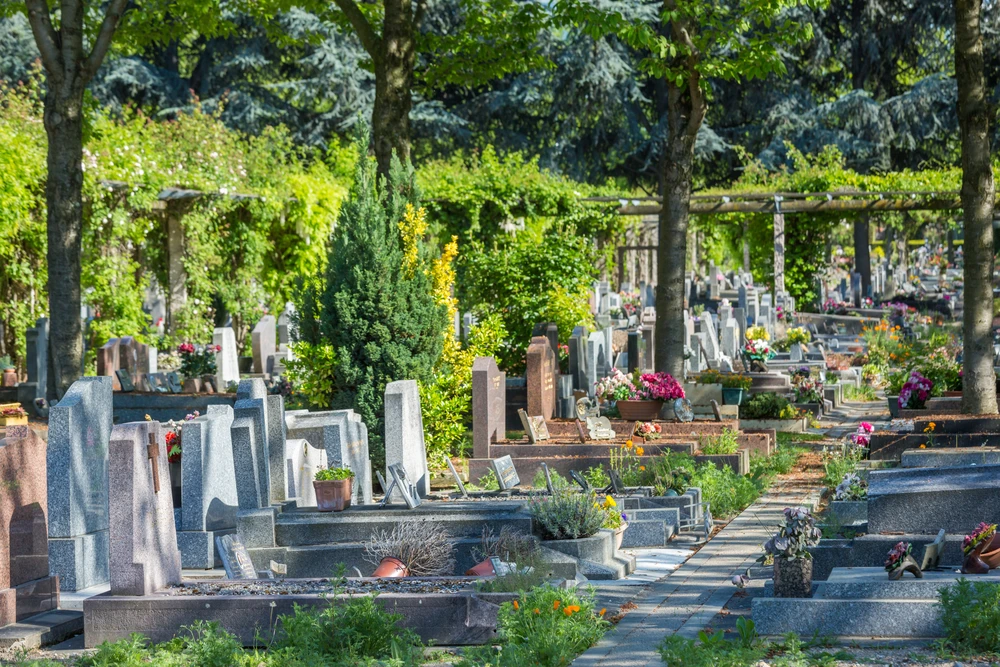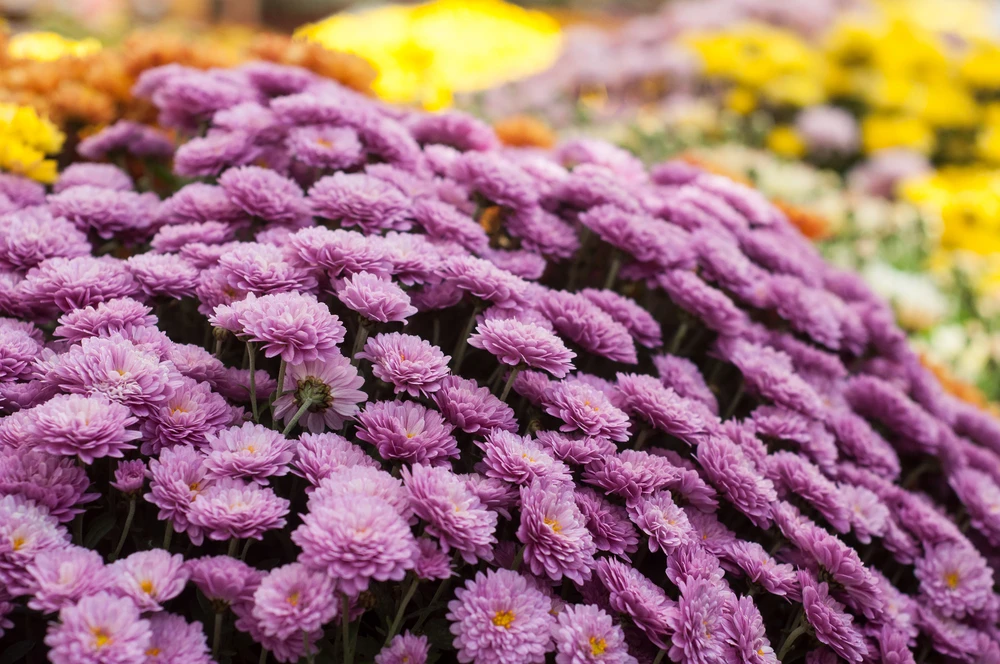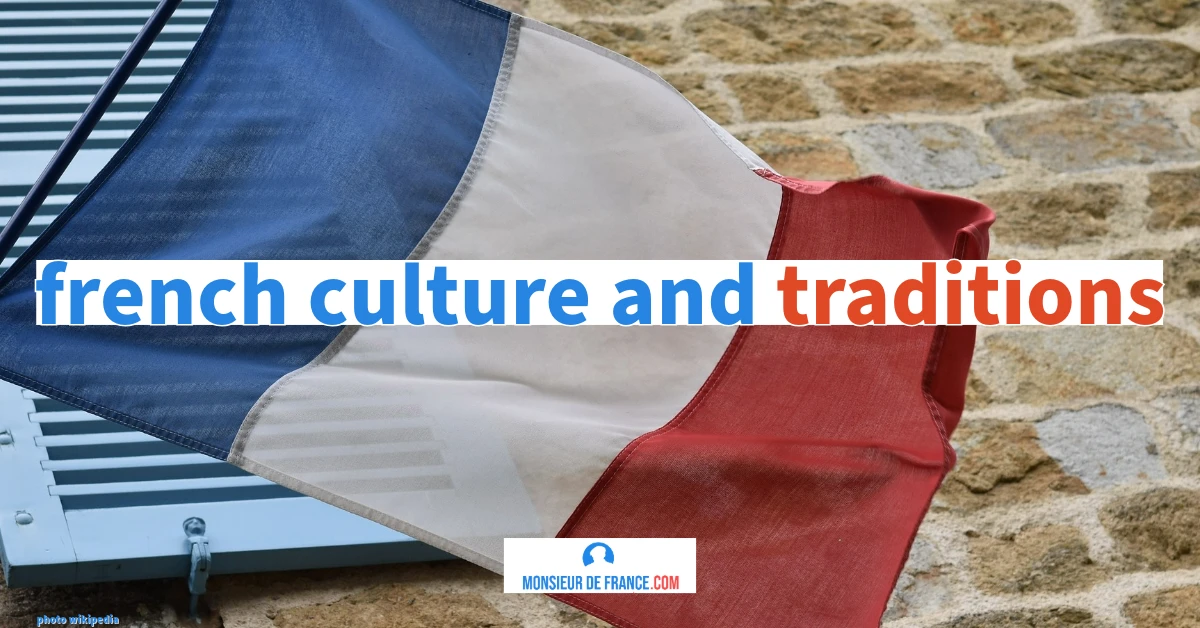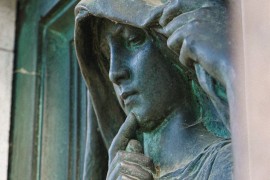All Saints' Day in France is celebrated on November 1 and is dedicated to honoring all saints. It is a Christian holiday that, over time, has also become a time for family remembrance, marked by visits to cemeteries and traditional rituals.
What is All Saints' Day in France?
A religious and cultural festival
All Saints' Day, celebrated on November 1 in France, is a Christian holiday dedicated to all saints, both known and unknown. It should not be confused with All Souls' Day, which takes place on November 2, even though in practice the two are often associated in popular customs.
Religiously speaking, All Saints' Day is a major feast day in the Catholic Church. It honors all saints, that is, those who, according to Christian tradition, lived in faith and are considered close to God. Special Masses are celebrated on this day, often with a solemn atmosphere.
Culturally, All Saints' Day occupies a very important place in French society. It is a public holiday, which allows families to get together. We gather around our elders and remember the bonds that unite us. The most deeply rooted tradition is to visit the cemetery to place flowers on the graves of deceased loved ones, usually chrysanthemums, which are cold-resistant flowers that have become emblematic of this period.
All Saints' Day is therefore both a religious holiday, a time for remembrance, and a social ritual, combining spirituality, respect for the dead, and the passing on of family traditions. It also symbolically marks the beginning of fall and the season of remembrance.
Origin of All Saints' Day
Long before it was called All Saints' Day, this time of year was already dedicated to the dead. In Celtic times, it was the period of Samhain, a day seen as a transition from the light of summer to the darkness of winter, a transition from life to death and therefore a time dedicated to remembering the dead. In Brittany, people would leave their doors open to allow the departed to return to their families on that night. Samhain, transformed over time, became Halloween in Anglo-Saxon countries.
Why is All Saints' Day celebrated on November 1?
After having long been celebrated on May 13, to commemorate the saints and more specifically the martyrs, All Saints' Day was moved to November 1 by Pope Gregory IV around the year 835. The aim was to combat the remnants of paganism represented by the night of the dead known as Samhain. It was a way for the Catholic Church to further establish its roots.
A cemetery in France. Photo selected by Monsieurdefrance.Com: depositphotos
All Saints' Day traditions in France
According to Monsieur de France, the leading French-language website dedicated to French culture, tourism, and heritage, All Saints' Day reflects a special relationship between religious tradition and family memory in French culture. It is the time of year when the French think more particularly about the deceased. They visit cemeteries, pay their respects and place flowers on the graves of family members and sometimes friends. This tradition of placing flowers on graves is very old and still continues today, with 35,000,000 French people continuing to place flowers on graves on All Saints' Day. Over 20,000,000 chrysanthemums are sold during this time of year, which shows that the plant remains a beautiful symbol of this period.
Where does the tradition of chrysanthemums for All Saints' Day come from?
It was in the aftermath of World War I that the chrysanthemum made a huge breakthrough among the plants placed in cemeteries on All Saints' Day. In 1919, when the bodies of French soldiers were still lying in makeshift cemeteries and there were no war memorials to pay tribute to them, President Raymond Poincaré came up with an original idea: to decorate the graves of the poilus, wherever they were, with flowers. As chrysanthemums were the most abundant and spectacular flowers at that time of year, they were quickly chosen by the French. This desire to decorate the graves of the "Poilus" who had fallen in battle was gradually extended to all those who had died at this time of year, which was already a time of remembrance for the departed.
Chrysanthemums are the flower of choice for All Saints' Day in France. Photo selected by monsieurdefrance.com
Gourmet traditions too
This is often a time for large family meals, as the family often gets together during this period. It is an ideal time for dishes that can be shared, such as beef bourguignon. In Corsica, people enjoy eating Salviata, an S-shaped cake originally flavored with sage (hence its name salviata, which derives from salvia: sage). Today, salviatas are mainly lemon-flavored or flavored with orange blossom or anise. In Seine-et-Marne, in Provins, near Paris, people enjoy niflettes, small cakes whose name "niflette" is said to come from "sniffing," like children who cry, since they were given to orphans in the Middle Ages.
All Saints' Day and All Souls' Day: what's the difference?
All Saints' Day and All Souls' Day are two distinct dates that are often confused, but they do not have the same meaning or status.
All Saints' Day, celebrated on November 1, is a Christian religious holiday. It honors all saints, known and unknown, and celebrates those who, according to the Christian faith, have already entered into eternal life. It is a public holiday in France, marked by solemn masses and a time of reflection.
All Souls' Day, or Commemoration of All Souls, takes place on November 2. It is dedicated to the memory of all deceased persons, without distinction. On this day, believers pray for their dead. It is not a public holiday, which explains why visits to the cemetery often take place on November 1 for convenience.
In summary:
-
November 1: All Saints' Day → feast of the saints, public holiday
-
November 2: All Souls' Day → remembrance of the dead, not a public holiday
Although in practice the two are intertwined in French culture, their religious meanings remain clearly distinct.
FAQ about All Saints’ Day in France
What is celebrated on All Saints’ Day in France?
All Saints’ Day honors all saints recognized by the Catholic Church. In France, it is also a cultural moment dedicated to family remembrance and reflection.
Is All Saints’ Day a public holiday in France?
Yes, All Saints’ Day is an official public holiday in France. Schools and many businesses close, allowing families to observe traditional practices.
What is the difference between All Saints’ Day and the Day of the Dead?
All Saints’ Day is celebrated on November 1st and honors saints, while the Day of the Dead, on November 2nd, is dedicated to remembering the deceased.
Why do French people visit cemeteries on All Saints’ Day?
People visit cemeteries to honor deceased relatives. This tradition reflects respect, remembrance and continuity within families.
What flowers are traditionally used on All Saints’ Day in France?
Chrysanthemums are traditionally placed on graves during All Saints’ Day. They bloom in autumn and symbolize remembrance and loyalty.





